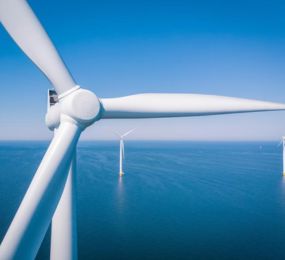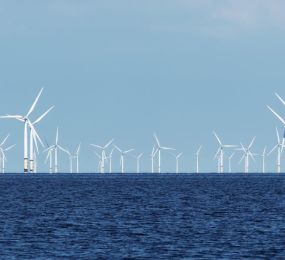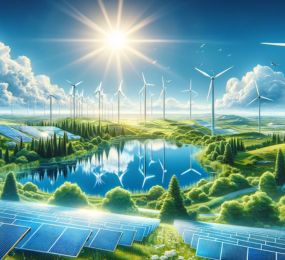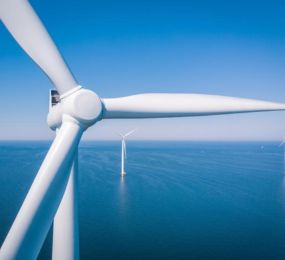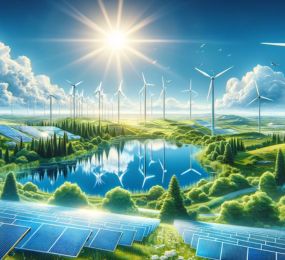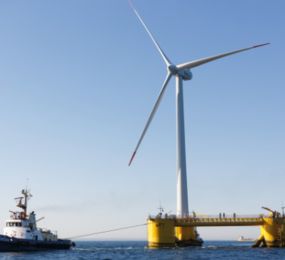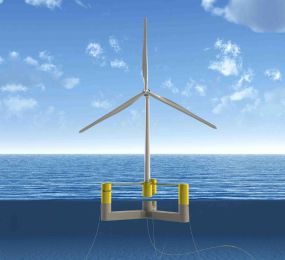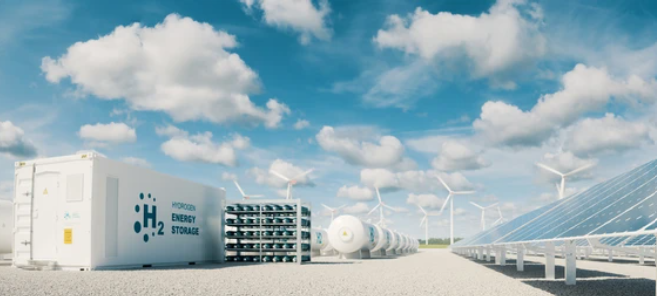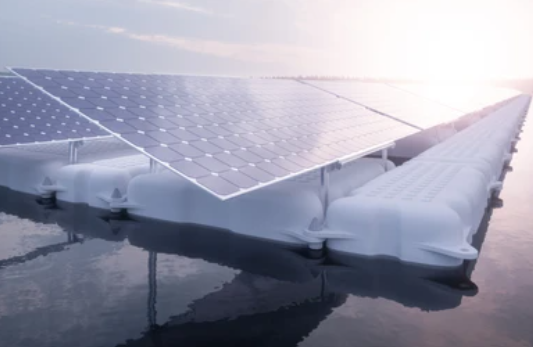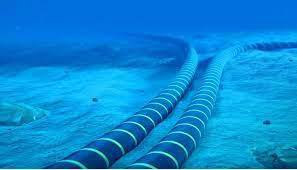The energy industry worldwide is undergoing a very rapid metamorphosis, with floating solar right at the epicentre. Beginning as a sort of alternative solar energy method, floating solar technologies are now becoming increasingly useful in generating clean power efficiently while conserving marginal land. Floating solar panels are being accepted more and more worldwide. However, several technical, financial, and regulatory obstacles still impede their deployment. With innovative solutions, a collaborative approach, and long-term planning, these barriers can be overcome, and thus this technology can be truly bankable.
Reason for Floating Solar Getting Recognition
According to World Bank estimates, floating solar might add about 400 GW of global capacity, which is almost equal to all the solar PV that has been installed worldwide. This is very important in land-scarce regions. Floating solar systems, commonly installed on lakes or reservoirs, save space, lower evaporation, and function better in high temperatures thanks to water’s cooling consequences.
Over 2.4 GW of floating solar deployment has happened globally across 35 countries. China, S. Korea, and Japan are some of the examples which are known for the major share in terms of the highest solar power generation . Whether this investment can be attracted depends on project bankability.
Bankability of Floating Solar
Bankability is the term used to explain a situation where the project assures returns and can meet the requirements for funding. With floating solar power generation, some unique challenges become decision points regarding whether or not to fund solar generation.
1: Environmental Exposure
Analysed with land based PVs, floating solar panels are subjected to moisture, wind flow, microbes, and the saline water. Engineering solutions such as corrosion-resistant materials and durable anchoring must be deployed against these risks.
2: Technical Uncertainties
The design of floating PV-associated systems must consider sea wave forces, stability of the floaters' platform, dynamics of the mooring cable, and reliability of power conversion. Connecting to the grid and mooring add further complications to offshore floating installations.
3: Insurance and Permits
For bankable projects, robust warranties and insurances support clear permitting processes. Floating solar projects often operate in murky regulatory waters, particularly installed on public or multi-use water bodies.
4: Cost Comparisons
At present, floating solar systems are costlier than conventional or rooftop systems. These higher costs result primarily from customised materials, the complexity of installation, and higher premiums for insurance. On the other hand, the costs of floating solar could be partially mitigated if other developments took place alongside the floating solar installation, such as allowing hydropower plants or existing water infrastructures.
Case Study: Floating PV in the Netherlands
One of the most important floating solar-power projects in Europe was constructed in the Netherlands and located on the Andijk reservoir: the 27.4-MW plant, with high-durability floats and anchoring to cope with wind and wave conditions. This project powers over 7,000 homes and was designed to make a bankable investment, covering everything from the start of engineering to risk assessments, thus becoming a good reference for future developments.
The Solar Power Forum: Where Innovation Meets Insight
The 5th Annual Floating Solar PV Forum by Leadvent Group is one of the biggest events for renewable energy professionals. With over 35 speakers, the event serves as a hub of knowledge sharing and networking.
Participants will be exposed to firsthand case studies and lived experiences from companies that engaged in floating solar technologies in freshwater environments and on the oceans. Topics discussed will cover the technical, financial, and policy framework in an A to Z approach focused on scaling floating PV confidently.
Besides being a solar power forum, it serves as a platform for startups, energy giants, researchers, and policymakers to meet and reshape the future of solar energy.
Why attend?
- Richly Contented Roundtables: Understanding deeply topics of anchoring innovation, O&M strategy, and hybrid PV-wind models.
- Strategic Panel Discussions: Discuss regional policy developments, financing routes, and long-term ROI-metric tracking.
- Networking Opportunities: Network with senior decision-makers, investors, engineers, and innovators shaping the floating solar future.
- Startup Innovate Segment: Showcasing breakthrough technologies and products set to disrupt the market.
Whether you are a developer, investor, policymaker, or engineer, this is where strategic thoughts meet executable solutions.
Moving from Theory to Practice: What Comes Next?
Floating solar no longer stands on the drawing board. It represents an emerging solution for land constraints and increasing energy demand. Through focused research and development, standardisation, and policy support, floating solar panels can become a commercially viable technology. It is a question of understanding technical limitations and long-term resilience.
Solar power forums like Leadvent's annual gathering provide an important space to connect knowledge with action—crossing the bridge from engineering to investment and ultimately to policy in the global rollout of floating photovoltaics.
Final Thought
Floating solar is no longer an experimental idea. It is an emerging solution that could end up restructuring global energy access. With the right insights, technology, and partners, floating solar panels could soon anchor the next wave of clean energy innovation.
FAQs
Q: Are floating solar panels as efficient as normal systems?
A: Generally, they're better because of cooler operating conditions in water, which yield higher output.
Q: Can floating solar be deployed in oceans?
A: Yes, this requires engineering made-to-order. Several offshore floating solar test areas exist around the globe.
Q: What about environmental risks?
A: When consciously designed, floating solar panels impose minimal ecological impact and can prevent excessive algae growth in the respective water bodies.


